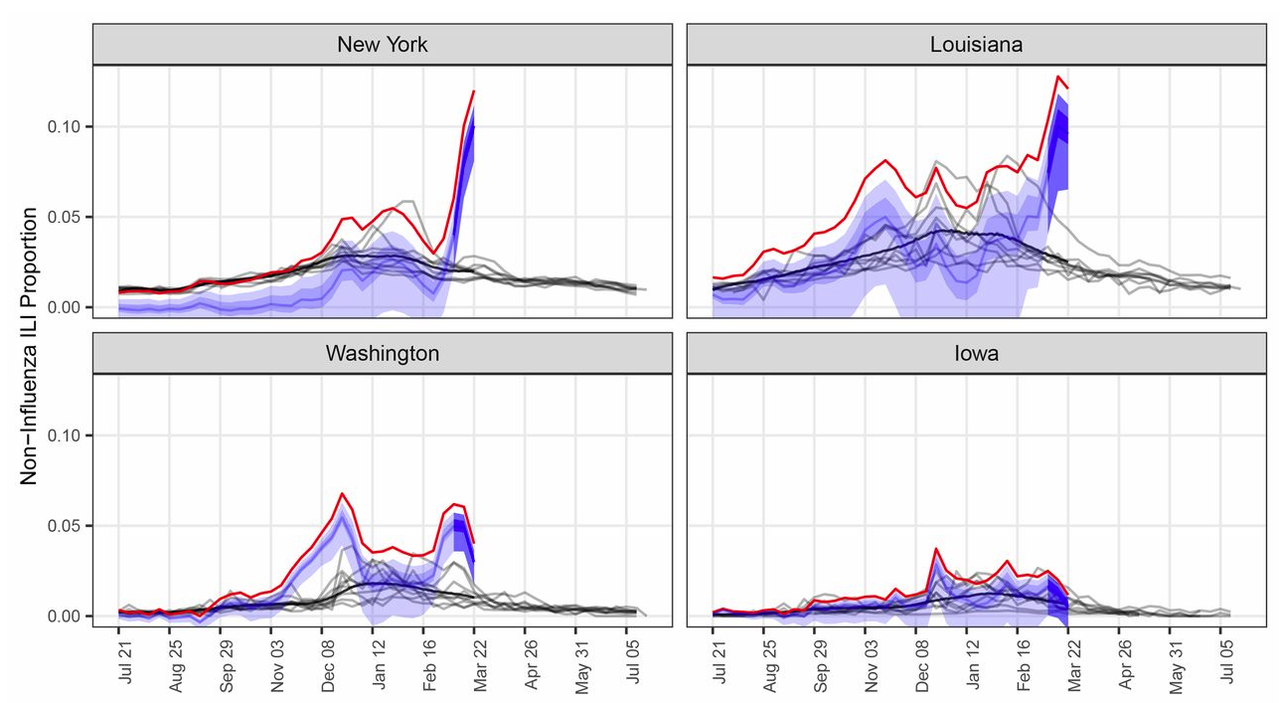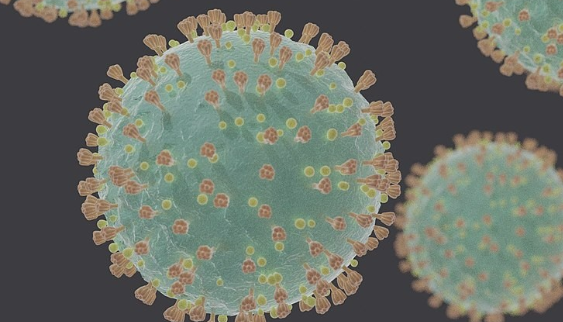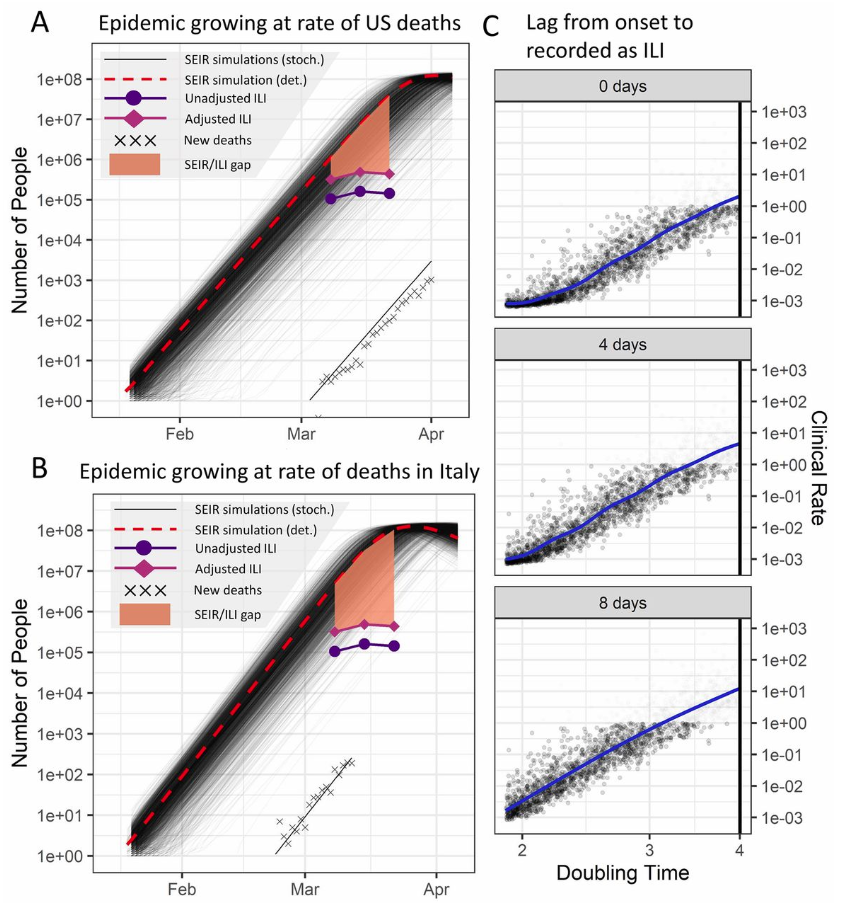Initial COVID-19 Infection Rate Possibly 80 Times Faster Than Originally Reported: New Study
Tyler Durden
Tue, 06/23/2020 – 13:50
A new study out of Penn State indicates that Covid-19 may have spread much faster in the U.S. than first originally thought – and therefore is likely less deadly than originally thought.
The initial rate of cases was likely undercounted due to testing issues, asymptomatic cases and some cases with alternative symptoms, according to many epidemiologists.
The study “estimated the detection rate of symptomatic COVID-19 cases using the Centers for Disease Control and Prevention’s influenza-like illnesses (ILI) surveillance data over a three week period in March 2020.”

Justin Silverman, assistant professor in Penn State’s College of Information Sciences and Technology and Department of Medicine, said: “We analyzed each state’s ILI cases to estimate the number that could not be attributed to influenza and were in excess of seasonal baseline levels. When you subtract these out, you’re left with what we’re calling excess ILI – cases that can’t be explained by either influenza or the typical seasonal variation of respiratory pathogens.”
The excess ILI catches matched a correlation with the spread of Covid-19 around the country, which means that ILI is capturing Covid cases and “there appears to be a much greater undiagnosed population than originally thought.”
The study estimates there may have been as many as 8.7 million cases during the last three weeks of March, versus roughly the 100,000 that were reported.
Silverman continued: “At first, I couldn’t believe our estimates were correct. But we realized that deaths across the U.S. had been doubling every three days and that our estimate of the infection rate was consistent with three-day doubling since the first observed case was reported in Washington state on Jan. 15.”
The study estimated that at least 9% of the state of New York’s population was infected by the end of March. The state found a 13.9% infection rate after antibody testing 3,000 residents.
The study emphasizes that the spread of the virus may be a far better focus than its death rate. It also concludes that the virus could have been here in the states and working to infect earlier – and quicker – than anticipated.
Silverman concluded: “Our results suggest that the overwhelming effects of COVID-19 may have less to do with the virus’ lethality and more to do with how quickly it was able to spread through communities initially. A lower fatality rate coupled with a higher prevalence of disease and rapid growth of regional epidemics provides an alternative explanation to the large number of deaths and overcrowding of hospitals we have seen in certain areas of the world.”
You can read the full study, published in Science Translational Medicine, here.

